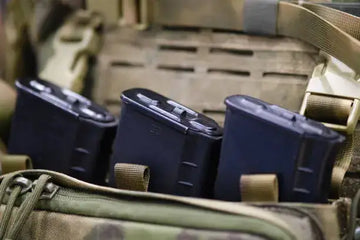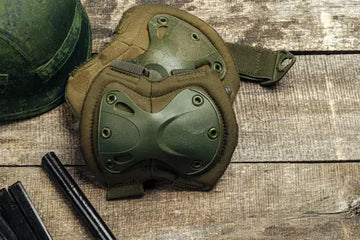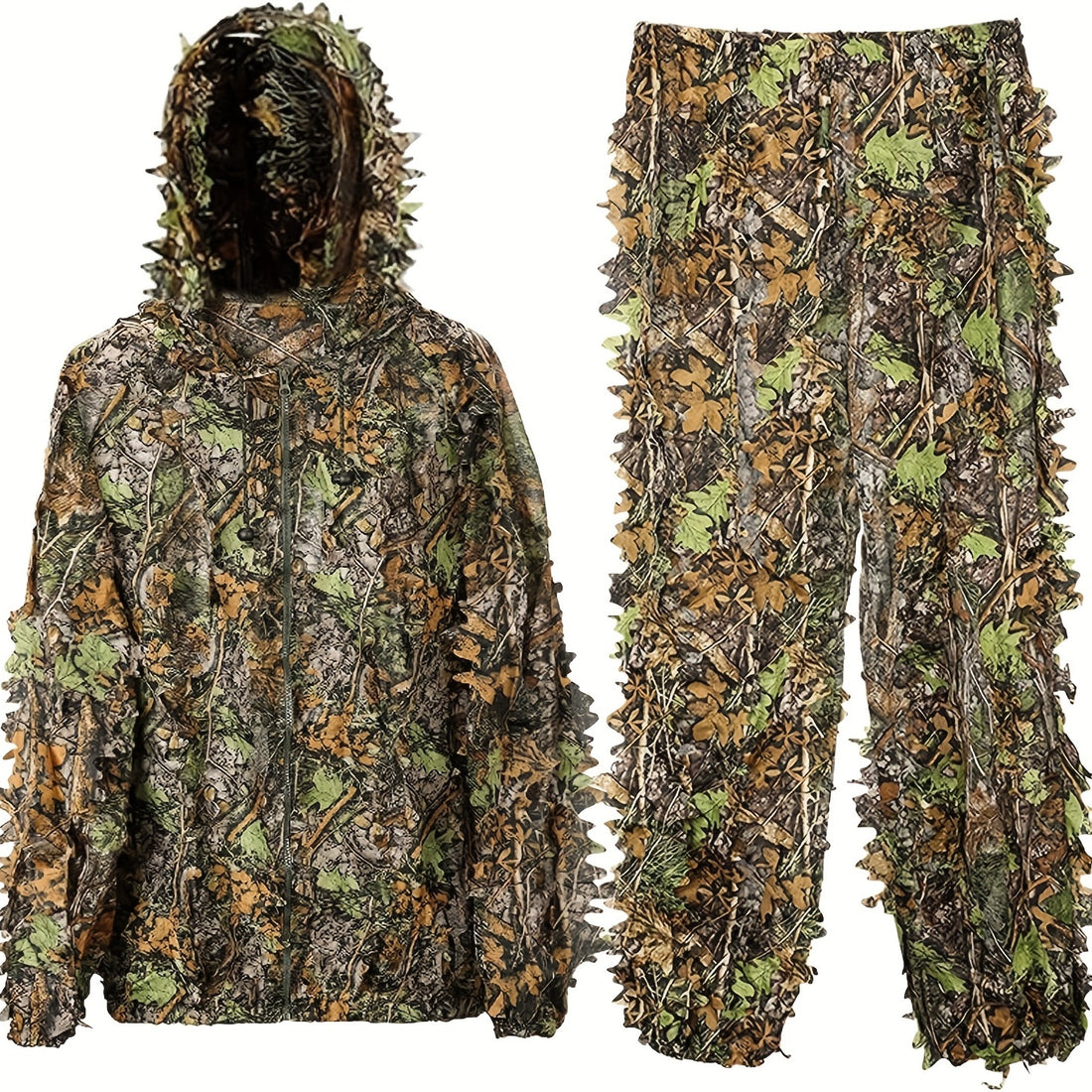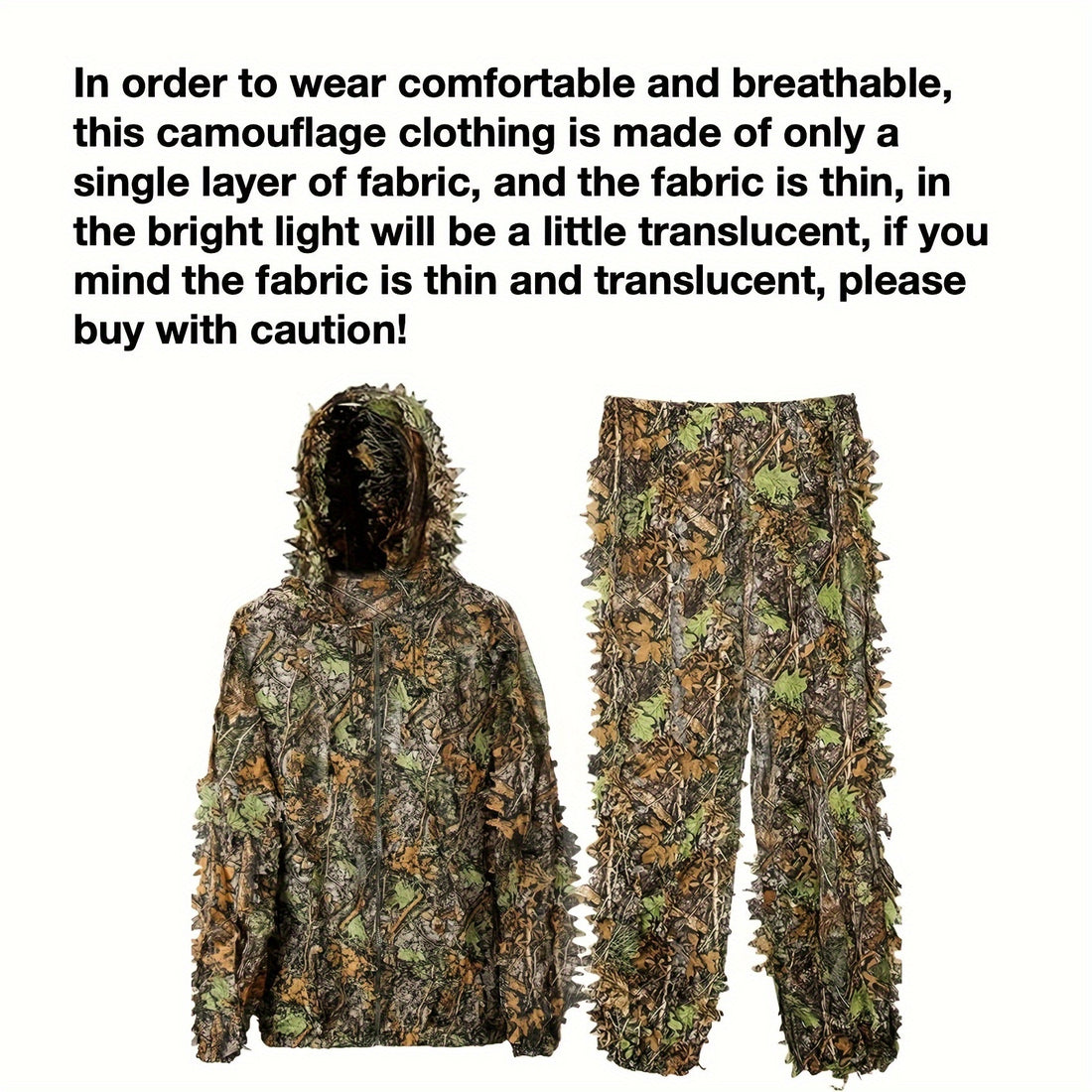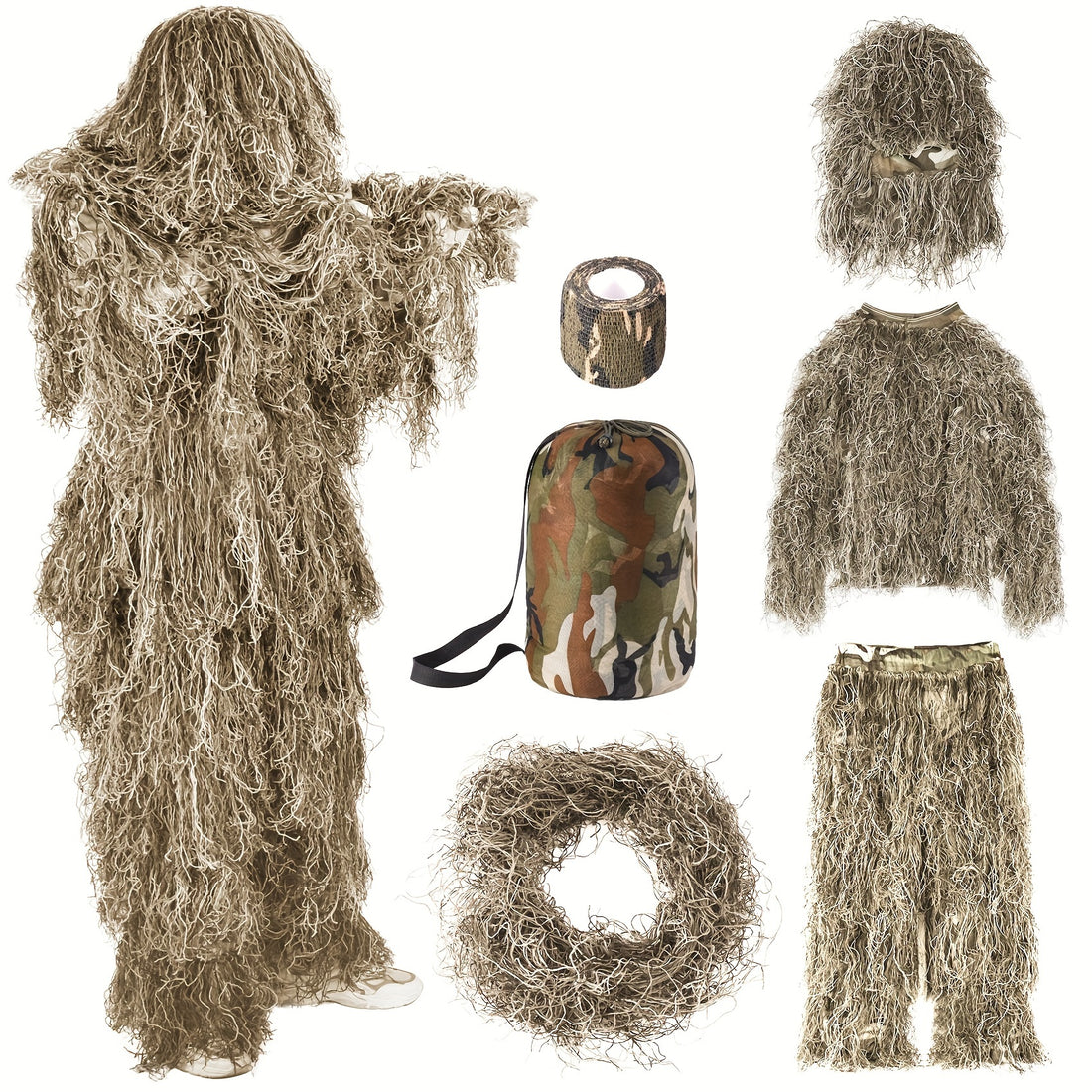Magazine pouches are a basic component of professional load-bearing equipment. For military, law enforcement, and security personnel, the right pouch is a critical piece of kit that ensures reliable access to ammunition and supports operational efficiency.
This guide examines magazine pouches from a design and manufacturing perspective, covering the key types, materials, and features that professionals need to consider.
Understanding the Core Types of Magazine Pouches
The design of a mag pouch is dictated by its intended use, balancing factors like access speed, retention security, and environmental protection.
- Open-Top Pouches: These pouches prioritize rapid access above all else. They typically use tension devices like bungee cords, elastic bands, or adjustable retention screws to secure the magazine while allowing it to be drawn quickly. They are the preferred choice for competitive shooting and direct-action roles where every second counts.
- Closed-Top Pouches: Featuring a protective flap secured by hook-and-loop (Velcro), a buckle, or a snap, these pouches prioritize security and environmental protection. The flap shields contents from dirt, mud, sand, and accidental loss. The trade-off is a slightly slower access time, making them ideal for extended field operations or harsh environments.
- Single, Double, and Triple Pouches: Capacity is a primary consideration. Single pouches offer maximum modularity, allowing the user to place them exactly where needed. Double and triple pouches provide higher ammunition density, reducing the number of individual items on a belt or plate carrier, which can improve overall stability and reduce snag hazards.


Key Design Features of Mag Pouches for Professional Use
Beyond basic type, several design elements define the functionality and quality of a magazine pouch.
1. MOLLE/PALS Compatibility: The ability to integrate with the Modular Lightweight Load-carrying Equipment (MOLLE) system is non-negotiable for professional use. This webbing grid allows pouches to be securely woven onto vests, belts, and packs, creating a unified, customizable platform. The quality of the MOLLE straps—their width, stiffness, and stitching—directly impacts security and ease of attachment.
2. Retention Mechanisms: Retention is the balance between security and speed. Common systems include:
-
Bungee/Shock Cord: Provides excellent retention but can wear over time.
-
Elastic Retention: Often built into the pouch walls for a snug, universal fit.
-
Kydex/Polymer Inserts: These rigid inserts can be molded to specific magazine types, offering a consistent, audible "click" for secure retention and smooth draw. They are popular in law enforcement applications.
- Adjustable Tension Screws: Allow the user to fine-tune the retention level precisely.
3. Angled Pouches: A key ergonomic feature. Angled or canted pouches are designed to present the magazine at a natural angle for the hand, significantly speeding up reloads compared to a vertically oriented pouch. This is a critical detail for high-performance use.
Magazine Pouch Materials: Selecting for Durability and Performance
The choice of material directly impacts the pouch's weight, durability, and suitability for different environments.
- CORDURA® Nylon: The industry standard for high-performance gear. This fabric is renowned for its exceptional resistance to abrasions, tears, and scuffs. Its high strength-to-weight ratio makes it ideal for constructing durable yet lightweight pouches that withstand rigorous use.
- Other Technical Nylons: Various grades of nylon (e.g., 500D, 1000D) offer a balance of durability, flexibility, and cost. Heavier denier nylons are more abrasion-resistant but less pliable.
- Kydex/Hard Polymers: Used primarily as a rigid insert rather than the primary material, Kydex offers excellent magazine-specific retention. It is durable and immune to moisture, but it can be noisier if magazines shift and rub against it.
- Reinforcements: High-quality pouches often feature reinforced stitching at stress points, such as belt loops and MOLLE straps. Bar-tacking is a crucial sewing technique that prevents these high-stress areas from failing.
Selecting the Right Mag Pouch for Professional Applications
The best mag pouch is the one that best suits the specific operational requirements.
- Law Enforcement/Duty Use: Officers often favor a balance of speed and retention. Open-top pouches with positive retention (like Kydex) on a duty belt are common, ensuring a quick reload while preventing loss during foot pursuits or physical altercations.
- Military/Field Operations: Durability and environmental protection are paramount. Closed-top flap pouches made from heavy-duty CORDURA® are standard to protect magazines from mud, sand, and moisture during extended patrols or in adverse weather.
- Competitive Shooting: Speed is the absolute priority. Open-top, angled pouches with minimal retention (often just enough to hold the magazine in place during movement) are universal on competition belts to shave milliseconds off reload times.
- Specialized Applications: For low-visibility or undercover operations, minimalist single pouches designed for concealment are essential. These prioritize a slim profile and discreet appearance over high capacity.
Beyond the Pouch: Integration and Customization
For organizations and brands, off-the-shelf solutions are not always sufficient. This is where manufacturing expertise becomes critical. Key considerations for custom projects include:
- MOLLE Compatibility: Ensuring new pouch designs seamlessly integrate with existing standard-issue platforms.
- Ergonomics and Placement: Designing pouches that work in harmony with other equipment on the vest or belt, avoiding interference and ensuring a comfortable, functional loadout.
- Material and Color Selection: Choosing the right fabric weight, webbing, and camouflage pattern (e.g., Multicam, Coyote Brown, Ranger Green) to meet specific environmental and uniform requirements.
Conclusion
Selecting a magazine pouch is about more than just holding a magazine. It is about choosing a piece of equipment that will perform reliably under stress, integrate with a larger system, and endure harsh conditions. The construction quality, material selection, and thoughtful design features are what separate professional-grade equipment from recreational gear.
Need a Source for Professional-Grade Magazine Pouches?
As a manufacturer with over 15 years of experience, AET GEAR produces high-quality, reliable magazine pouches for military, law enforcement, and security agencies worldwide. We specialize in custom modular pouch manufacturing to meet exact specifications, from material and color selection to unique retention solutions and MOLLE integration.
Contact us today to discuss your requirements and learn how we can become your trusted manufacturing partner for all your tactical gear needs.


